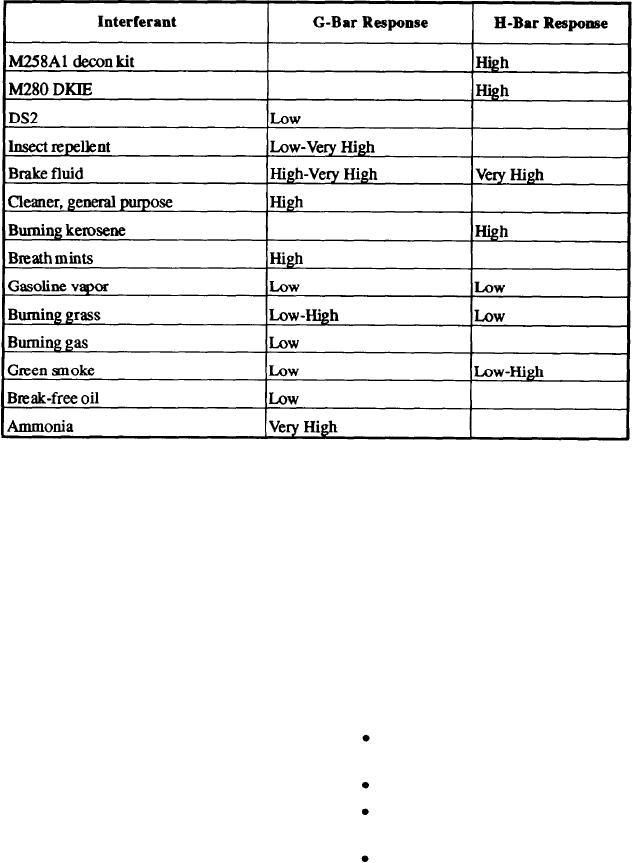
Table 6-7.--Common Interferences That Can Cause False Positive Readings on the CAM.
differences. This section describes the optimum setup
configuration. The optimum configuration provides
the maximum output for decon teams at 100 percent
Use the AN/PDR-27-series to decide if any
personnel and equipment. The equipment and
contamination remains. If there is contamination
personnel requirements for the optimum
remaining, determine the intensity of the contamination
configuration are identified for both the decon team
inside and outside of the vehicle. If the contamination
and supported company augments.
has an intensity greater that 0.33 cGy (the negligible
risk), the vehicle is recycled to station 1.
ALTERNATE LAYOUT PLANNING
CONSIDERATIONS .-- The CBR officer uses
METT-T to determine the best possible DED layout
Recycle Criteria
for executing the mission. When determining
alternate DED layouts, you should apply the following
The COC, together with the CBR officer, will
guidelines:
establish the recycle criteria before the start of decon
Retain the ability to spay hot, soapy water or
operations. The recycle criteria decides which
steam under pressure at station 1.
vehicles return to station 1 after contamination is
detected at station 5. If the unit has sufficient time and
Station 2 requires the largest number of persons.
resources, any vehicle having more contamination
Experienced and qualified CAM operators are
than a negligible risk should be recycled. However,
required at station 5.
time and resources are usually limited and not all
Water does not have to be hot to rise off DS2;
vehicles can be recycled. The recycle criteria is based
however, the lower the water pressure, the more
on the weathering effects.
water required for the rinse.
DECON TEAM EQUIPPED WITH AN
DED Configurations
M12A1 PDDA.-- The optimum setup of a DED for a
M12A1 PDDA-equipped decon platoon requires the
use of all authorized equipment and personnel
Decon teams, establishing thorough decon sites,
(fig. 6-8).
may vary because of organizational and equipment

